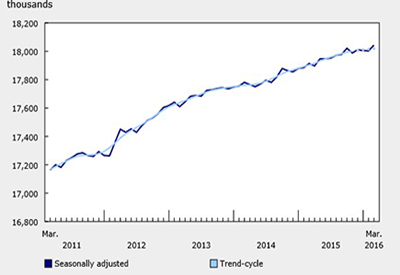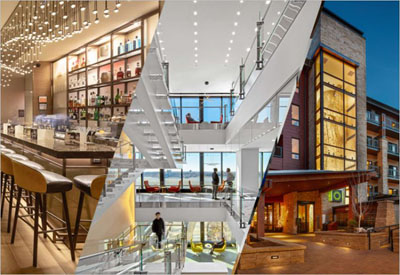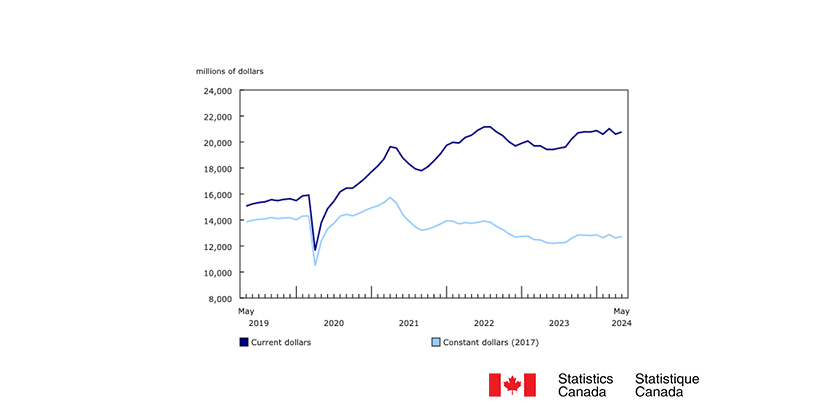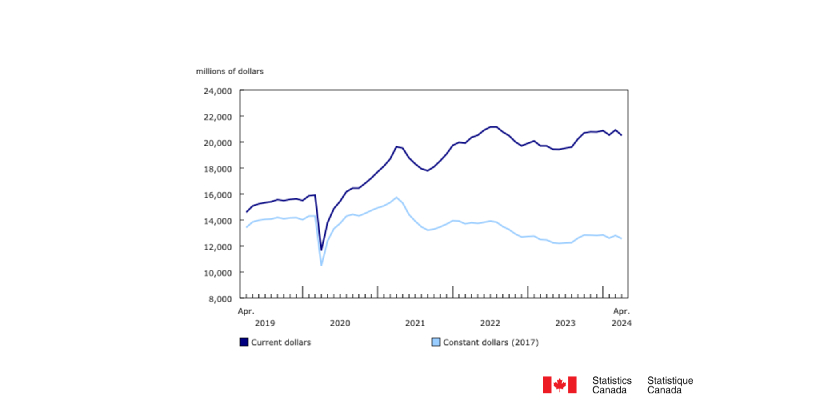Dimming Curves, Part 1

Sept 3, 2020
By Steve Mesh
All dimmers are created equal, right? Wrong! All drivers are created equal, right? Wrong!
It’s not sufficient to say that you want fixtures to be “dimmable.” There have always been variations in how different dimmers work, and fluorescent ballasts, and more recently LED drivers. Now this is even more complicated because you can use fixtures that also allow you to change colouration, but that’s a subject that we’ll leave for a subsequent post.
Specificity is the soul of narrative, but it is also the soul of specifying luminaires and lighting controls. It behooves you as a specifier or installer (or anyone else involved in the process of procurement, installation or commissioning) to be specific about your expectations with regard to how the lighting and control equipment works. Let’s talk about dimming and dimming curves, and a variety of attributes that you should consider, inquire about, then specify what you actually want. These include the relationship of the slider position (as in the case of a slide dimmer), measured light output, perceived light output, and even resulting power draw. Who knew that a simple wallbox dimmer could be so complicated?
Non-lighting experts may assume that there’s a direct relationship between the position of a slider (as in the case of a slide wallbox dimmer) and the light level. However, most lighting experts know that some dimmers are designed to compensate for how the eye reacts to changes in light levels. Therefore, a “linear” reduction in the slider’s position on the dimmer may result in what’s called “square-law dimming.” A “linear” dimmer paired with a “logarithmic” (“square-law”) LED driver will give you this result. That’s also true if you pair a “logarithmic” (“square-law”) dimmer with a “linear” driver.
Based on that example, you can see that the result is based on the “input” (let’s say the slider position in the case of a wallbox dimmer) and what the message is that the dimmer sends to the driver. But it is also based on the pairing of the input device (i.e., a wallbox dimmer) with the device it’s controlling (i.e., an LED driver). There are some typical dimming curves that manufacturers tend to use in terms of input and output devices:
1. linear
2. logarithmic (sometimes referred to as “square-law”)
3. “S”
For example, a dimmer with a linear curve in terms of slider position will send a signal to a driver to reduce light output by 50% if you pull the slider down halfway. To the eye, this will appear substantially brighter than 50%. On the other hand, if you pair a linear dimmer with a with a driver that’s designed for square-law (or what is commonly referred to as logarithmic) output, then pulling the slider halfway down will send a signal to the driver to dim to 25% of full output — but it will be perceived by the human eye as 50%. Therefore, in that situation this specific dimmer/driver pairing means that what you perceive matches the slider position. The measured light output, however, does not, nor will the power draw match the slider position.
Linear/linear
A linear/linear combination — meaning a linear dimmer paired with a linear driver — is typically adequate when you’re using dimming largely to achieve energy savings. It’s common for drivers designed primarily for energy savings to be dimmable down to 20% of full output (or in some cases to 10%). These are often marketed as energy-saving products. For example, if the target light level in an office was 40 footcandles on desks, then 20% of that would be 8 footcandles. It’s unlikely that most occupants would want to work with less than 8 footcandles on their desk! Therefore, using a “20%” LED driver is perfectly adequate. Since the point of using these products in that application is mostly to save energy, it’s not really problematic that the perceived light level will not necessarily match the slider position.
Linear/logarithmic
As previously explained, you can pair a linear dimmer with a logarithmic driver, or vice versa. Both combinations accomplish the same thing. These pairings result in what’s typically called “square-law dimming” as previously explained. This provides output that is adjusted based on how the eye perceives light levels — not based on what is read on the light meter. This type of pairing makes better use of the entire range of slider positions, especially at the lower end of the light output range. Obviously, you can now see why it’s important to specify (and verify) what type of dimming curve the dimmer (or lighting control system) puts out, and what type the output device such as an LED driver is designed to provide. If you don’t specify (and then verify) this, how will you know that you are truly getting a linear/logarithmic pairing that will provide square-law dimming? It should also be noted that these are typically referred to as architectural products. As such, they are typically designed to dim to 1% of full output, or in some cases even less.
Because of the square-law nature of correlating measured light output with perceived light output, an energy-saving product designed with a low-end value of 20% would result in a perceived light output of about 45%. There are many architectural situations where that doesn’t cut the mustard. For example, imagine a ballroom where you may want to have a very low level of ambient light, possibly supplemented by other specialized fixtures providing drama, colour, patterns, projections, etc. You would certainly want/need to achieve very low ambient levels that require going way below a 20% measured light value. The same would apply to any space used for audio-visual presentations. It would also make sense for certain rooms in a residential setting — especially the dining room, living room, etc.

Image courtesy of Pathway Lighting
Logarithmic/logarithmic
If you pair a logarithmic dimmer with a logarithmic driver (both designed for square-law dimming), you’ll end up with a much more exaggerated curve for the output of the LED fixture. This means that most of the dimming will occur at the top end of the slider travel, and there will be a much larger range of the slider position below that, which will give you lots of control over the lower range of light output. If that’s desirable in a certain space, then you now know that you must specify both logarithmic dimmers as well as drivers that operate according to square-law dimming curves. However, this isn’t typically desirable in most applications.

Image courtesy of EldoLED
Other curves
You can design a dimmer (input device) or driver (output device) to follow specific curves of your own desire. There are in fact other types of curves that various vendors have devised, such as “S” curves, “soft linear” curves, etc. Some theatrical dimming systems and fixtures have other preprogrammed curves as well. These are usually designed to provide more controllability in specific parts of the input (i.e., slider) range. Some theatrical fixtures actually allow you to select the type of dimming curve you want by cycling through options right at the fixture itself. However, manufacturers of architectural products tend to adhere to either linear or logarithmic for both input as well as output devices — and that gives you the kinds of results previously described.

Image courtesy of Rosco
Watch for Part 2 of this article in an upcoming issue.
[IT]Steve Mesh is an award-winning lighting designer who has designed lighting and control systems for a variety of project types (commercial, museums, schools, residential, restaurants, retail, historic, healthcare, etc.). As an educator, he has taught classes and given presentations about lighting and controls across North America and internationally. One of his is developing lighting and lighting controls courses that rely on hands-on and/or interactive content. He has been a repeat speaker at LightFair for many years.
Published with the permission of Lighting Control Association.

















